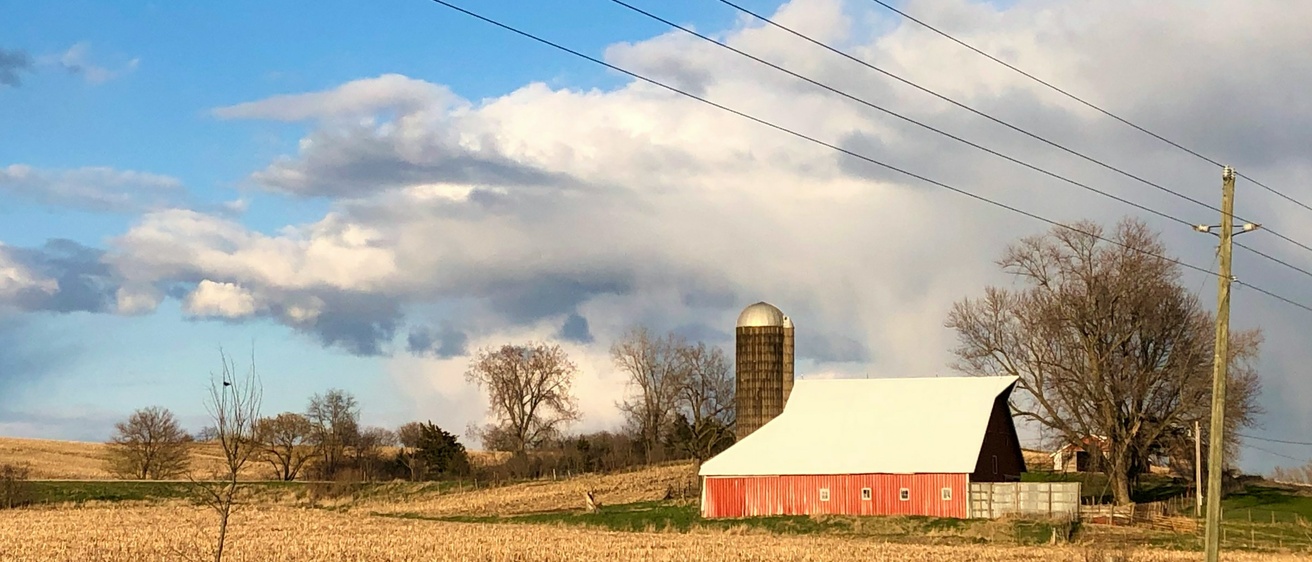About the Direct Assistance Program (DAP)
Funding
In 2022, Johnson County utilized funds provided by Congress through the federal American Rescue Plan Act 2021 to create the Direct Assistance Program (DAP). These checks are defined as direct assistance, for they are cash transfers right into the hands of the recipients, as opposed to in-kind transfers, which provide goods or services excluding cash.
Demographics
2,242 individuals received one time payments of $1,400 if they applied, were low- to moderate- income, and identified a financial hardship brought on by the COVID-19 pandemic, which could include food insecurity, unemployment, housing insecurity, exclusion from stimulus programs, or qualifying for certain government assistance programs. Individuals had to reside in Johnson County since at least March 1, 2020 and be at least 18 years old or legally emancipated. Three clinics were held and multiple local organizations also became partners to assist people with their application submissions. The following table highlights the demographics of the recipients of the Direct Assistance Program:
| Characteristics | DAP Recipients |
|---|---|
| Female | 61% |
| Male | 38% |
| Black | 38% |
| Hispanic | 32% |
| White | 25% |
| Age | 42.5 years |
| Household size | 2.8 |
| Income (annual) | $22,643 |
Why study this now?
- The Johnson County DAP is one of the first of its kind in Iowa.
- Despite the body of research abroad, there is limited research surrounding direct assistance to low—and moderate-income individuals within the United States. We hope this research can add to that limited body and inform the public, Johnson County, and potential policymakers.
- The COVID-19 pandemic financially affected low-income families the greatest, especially those in marginalized populations. Johnson County's poverty rate exceeds national and state levels, increasing such interest in our research.
Dive into the results
Read about how individuals spent the $1,400 and how it impacted debt, food security, housing security, and more.
